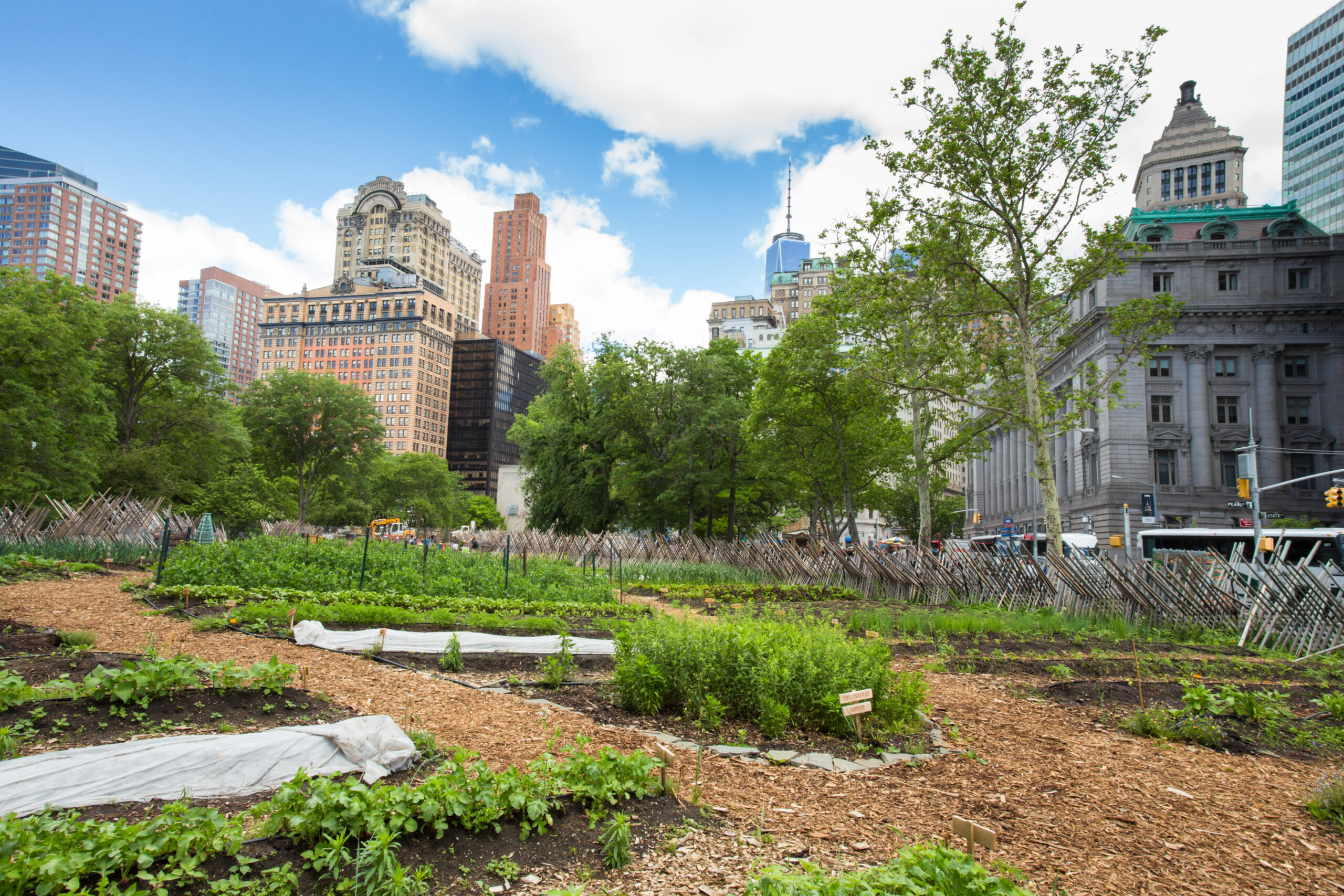Some Known Questions About City Blooming.
Table of ContentsWhat Does City Blooming Mean?Facts About City Blooming RevealedCity Blooming Can Be Fun For EveryoneThe Best Guide To City Blooming6 Easy Facts About City Blooming Described
Fascinated in expanding food for sale in the City of Chicago? Below is a checklist of regularly asked questions relating to the regulations and regulations that farmers must take into consideration when planning a city agriculture job.
The zoning change does not modify any other codes handling composting, building authorizations, acquiring or leasing City possessed residential or commercial property, service licenses or environmental contamination. There are existing codes that control these concerns and they remain completely result and may be appropriate to your project. Area yards are typically had or taken care of by public entities, public companies or community-based organizations and kept by volunteers.
Urban farms expand food that is planned to be sold, either on a nonprofit or for-profit basis. Due to their industrial purpose, city farms call for a business certificate.
Get This Report on City Blooming
Composting is enabled but just for plant product that is generated and used on site. The quantity of garden compost product can not exceed 25 cubic backyards at any type of given time according to the criteria in 7-28-715 of the City's Municipal Code. Yes. Due to the fact that the dirt at a lot of new yard websites needs changing, compost, soil, timber chips, or other materials can be gotten to create or enhance the expanding room - City gardening.

If a building authorization is needed then the hoophouse will be considered an accessory structure. You can learn even more regarding the structure authorization demands by contacting the Division of Structures. The 25,000-square-foot dimension limitation is planned to stop a single area garden from dominating a provided block or diminishing the block's existing household or industrial personality.
The restriction does not put on yards found in Public Open Area (POS) areas. Can there be even more than one community garden that is 25,000 square feet on a solitary block? Yes. The size restriction applies to specific gardens, not to specific blocks. No. Fencing is not called for, however, gardens that have large vehicle parking locations may be called for to mount fence or other landscape design attributes.
The City Blooming Ideas
B1 & B2 districts require that all business use activities be carried out indoors. R areas limit business activity. The laws reflect the function and intent of the Zoning Code. Is fencing needed for urban ranches? Yes. Fences may be needed, in addition to landscaping and screening, for particular parking lot and exterior job or storage areas relying on area and the details activity happening.
Yes. Urban ranches need building permits and zoning authorizations prior to building and construction. Various other types of city testimonial might be needed depending on certain frameworks, tasks, size, landscaping, licensing, public heath and stormwater monitoring concerns. Most of these requirements are determined in the task design or allowing process, nonetheless, the candidate might be accountable to separately recognize particular licenses or allows that might be called for.
Yes. The sort of permit is determined by what is occurring at the website. The Department of Organization Affairs and Customer Protection can help identify the specific type of business certificate that's called for. Yes. Off road parking is required for the majority of commercial projects in Chicago. The called for number of garage is based on the variety of workers dealing with site and not the square video of the growing area.
The Ultimate Guide To City Blooming

An urban ranch can offer garden compost material generated on site, nonetheless, the procedure needs to conform with the laws in 7-28-715 of the Chicago Municipal Code. Aquaponic systems are permitted indoors on metropolitan ranches in several zoning areas.
As much as 5 hives or colonies of honey bees might be kept as an accessory usage. Beekeepers need to sign up with the Illinois Division of Agriculture. To learn more regarding the recommended zoning amendment you may get in touch with the Division of Housing and Economic Development, Bureau of Planning and Zoning at 312.744.8563.
Farming in cities and metropolitan areas An see here urban farm in Chicago. Urban agriculture refers to different techniques of growing. https://soundcloud.com/cityblooming, handling, and distributing food in urban areas. The term also applies to the area activities of animal husbandry, tank farming, beekeeping, and horticulture in a metropolitan context. Urban agriculture is differentiated from peri-urban farming, which occurs in backwoods at the edge of residential areas.
Unknown Facts About City Blooming
It can entail a movement of natural cultivators, "foodies" and "locavores", who look for to create socials media started on a shared principles of nature and neighborhood holism. These networks can develop by means of official institutional support, becoming incorporated right into local town as a "change town" activity for sustainable city development.
In either situation, the extra straight accessibility to fresh vegetable, fruit, and meat products that might be know through urban agriculture can enhance food safety and food safety and security while decreasing food miles, causing reduced greenhouse gas exhausts, consequently contributing to climate change mitigation. A few of the very first proof of urban farming originates from Mesopotamia.